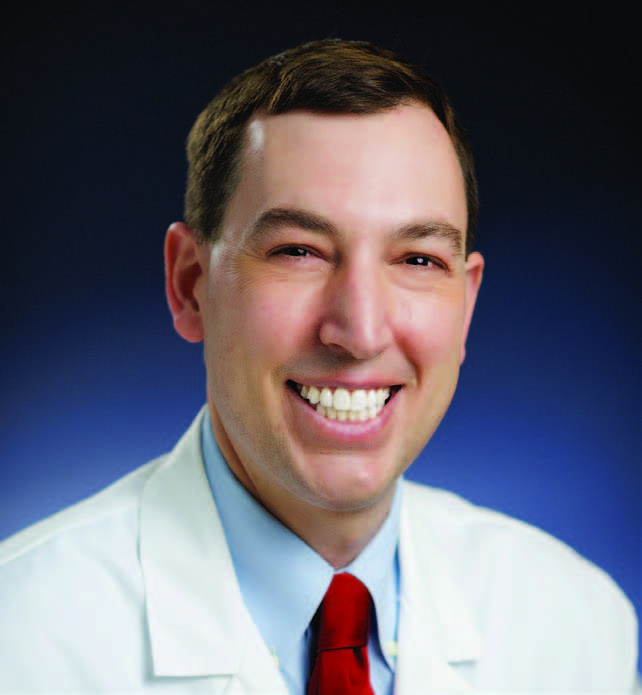Chicago, IL—Physicians are less likely to work in a private practice than 10 years ago due to economic, administrative, and regulatory burdens that have driven physicians to shift traditional business models for medical practices, according to a newly released biennial analysis of physician practice arrangements by the American Medical Association (AMA).1
Based on data collected between 2012 and 2022 by the AMA through the nationally-representative Physician Practice Benchmark Survey, the analysis explores the changes in the ownership and organization of physician practices, as well as the reasons that private practices are sold to hospitals or health systems.2
According to the analysis, 4 of 5 physicians indicated the need to better negotiate favorable payment rates with payers was a very important or important reason in the sale of their practice to a hospital or health system. Next were the need to improve access to costly resources and the need to better manage payers’ regulatory and administrative requirements. Each was flagged by approximately 70% of physicians as a very important or important reason.
“The AMA analysis shows that the shift away from independent practices is emblematic of the fiscal uncertainty and economic stress many physicians face due to statutory payment cuts in Medicare, rising practice costs, and intrusive administrative burdens,” said AMA President Jesse M. Ehrenfeld, MD, MPH. “Practice viability requires fiscal stability, and the AMA’s Recovery Plan for America’s Physicians is explicit in calling for reform to our Medicare payment system that has failed to keep up with the costs of running a medical practice.”3,4
Key findings on the shifting distribution of physician practice arrangements are illustrated by the following.

Jesse M. Ehrenfeld, MD, MPH
The AMA analysis shows that the shift away from independent practices is emblematic of the fiscal uncertainty and economic stress many physicians face due to statutory payment cuts in Medicare, rising practice costs, and intrusive administrative burdens.—Jesse M. Ehrenfeld, MD, MPH
Practice Ownership
The most dramatic shift over the past 10 years has been in practice ownership. Between 2012 and 2022, the share of physicians working in private practices fell by 13 percentage points from 60.1% to 46.7%.2 In contrast, the share of physicians working in hospitals as direct employees or contractors increased from 5.6% to 9.6% between 2012 and 2022. The share of physicians working in practices at least partially owned by a hospital or health system increased from 23.4% to 31.3% between 2012 and 2022. In 2022, 4.5% of physicians worked in a practice owned by a private equity group, similar to the percentage in 2020 when the AMA first added private equity to the analysis.2
Practice Size
The past decade has seen a redistribution of physicians from small to large practices. The share of physicians in small practices (10 or fewer physicians) shrank from 61.4% to 51.8% between 2012 and 2022. Conversely, the share of physicians in large practices (50 physicians or more) grew from 12.2% to 18.3% between 2012 and 2022. The shares of physicians in midsized practices (those with 11 to 24 and 25 to 49 physicians) remained relatively stable over the past decade.2
Employment Status
An overall drop in self-employed physicians has been part of the changed practice ownership landscape over the past decade. Between 2012 and 2022, the share of physicians who were self-employed fell by 9 percentage points from 53.2% to 44%. In contrast, the share of physicians who were employed grew from 41.8% to 49.7% during the same period. The share of physicians who were independent contractors was 6.4% in 2022 and the proportion has not had sizable fluctuations in the past decade. The change in self-employment for younger physicians was even larger. Between 2012 and 2022 the share of physicians aged younger than 45 years who were self-employed fell by 13 percentage points from 44.3% to 31.7%.2 This suggests that a smaller share of each successive class of physicians has started their postresidency career in an ownership position.
The new analysis is the latest addition to the AMA’s Policy Research Perspective series that examines long term changes in practice arrangements and payment methodologies. The new AMA study, as well as previous studies in the Policy Research Perspective series, are available to download from the AMA website (www.ama-assn.org/about/research/physician-practice-benchmark-survey).
References
- Kane CK. Recent changes in physician practice arrangements: shifts away from private practice and towards larger practice size continue through 2022. American Medical Association. Accessed July 12, 2023. www.ama-assn.org/system/files/2022-prp-practice-arrangement.pdf
- Physician practice benchmark survey. American Medical Association. Updated July 12, 2023. Accessed July 12, 2023. www.ama-assn.org/about/research/physician-practice-benchmark-survey
- AMA recovery plan for America’s physicians. American Medical Association. Accessed July 12, 2023. www.ama-assn.org/amaone/ama-recovery-plan-america-s-physicians
- Resneck J Jr. Medicare physician payment reform is long overdue. American Medical Association. October 3, 2022. Accessed July 12, 2023. www.ama-assn.org/about/leadership/medicare-physician-payment-reform-long-overdue

